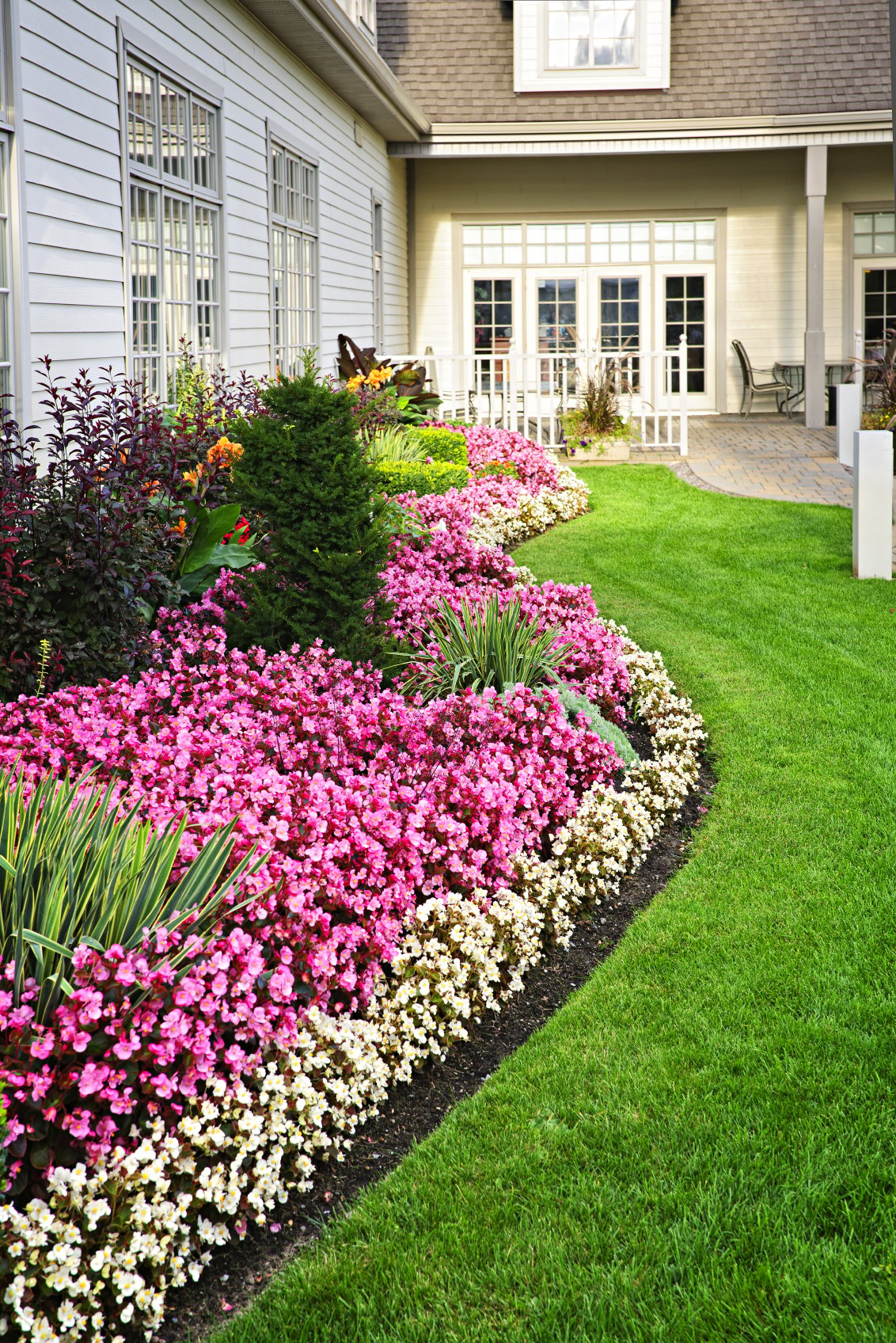Living Fences
Benefits of Living Fences
Living fences have numerous benefits that make them an attractive option for homeowners and gardeners. One of the main advantages of living fences is their ability to provide a natural and rustic look that blends in with the surrounding environment. They can also help to reduce noise pollution, improve air quality, and attract wildlife such as birds, bees, and butterflies. Additionally, living fences can be a cost-effective option in the long run, as they require less maintenance than traditional fences and can last for many years.
Types of Living Fences
There are several types of living fences to choose from, each with its own unique characteristics and benefits. Some popular types of living fences include:
Hedge Fences
Hedge fences are made from shrubs or small trees that are planted closely together to form a dense barrier. They can be used to mark boundaries, provide privacy, and add aesthetic value to a property. Hedge fences can be made from a variety of plants, including boxwood, privet, and yew.
Tree Fences
Tree fences are made from rows of trees that are planted closely together to form a natural barrier. They can be used to mark boundaries, provide shade, and add aesthetic value to a property. Tree fences can be made from a variety of tree species, including oak, maple, and pine.
Bamboo Fences
Bamboo fences are made from bamboo plants that are planted closely together to form a dense barrier. They are a sustainable and eco-friendly option that can be used to mark boundaries, provide privacy, and add aesthetic value to a property.
Installation and Maintenance
Installing and maintaining a living fence requires some planning and care. Here are some tips and ideas to get you started:
Choosing the Right Plants
Choosing the right plants for your living fence is crucial to its success. You should select plants that are suitable for your climate, soil type, and the amount of sunlight your fence will receive. You should also consider the growth rate and maintenance requirements of the plants you choose.
Planting and Care
Planting and caring for your living fence requires some effort and dedication. You should plant your trees or shrubs at the same depth as they were in the nursery, and water them regularly during their first year of growth. You should also fertilize your plants regularly and prune them to maintain their shape and promote healthy growth.
Design and Style
Living fences can be designed and styled to fit a variety of themes and landscapes. Here are some ideas to get you started:
Rustic and Natural
A rustic and natural living fence can be created using native plants and materials. You can use branches, leaves, and other natural elements to create a unique and rustic look.
Modern and Sleek
A modern and sleek living fence can be created using neatly trimmed hedges or rows of trees. You can use a variety of plants and materials to create a clean and modern look.
Cost and Budget
The cost of a living fence can vary depending on the type of plants, materials, and installation method you choose. Here are some factors to consider when budgeting for a living fence:
Plant Costs
The cost of plants can range from a few dollars to several hundred dollars, depending on the type, size, and quality of the plants.
Installation Costs
The cost of installation can range from a few hundred dollars to several thousand dollars, depending on the complexity of the design and the size of the fence.
Maintenance Costs
The cost of maintenance can range from a few dollars to several hundred dollars per year, depending on the type of plants and the frequency of maintenance.
Environmental Impact
Living fences can have a positive impact on the environment, providing a natural habitat for wildlife and helping to reduce noise pollution and improve air quality. Here are some ways that living fences can benefit the environment:
Wildlife Habitat
Living fences can provide a natural habitat for wildlife, such as birds, bees, and butterflies.
Noise Reduction
Living fences can help to reduce noise pollution by absorbing sound waves and creating a natural barrier.
Air Quality Improvement
Living fences can help to improve air quality by absorbing pollutants and releasing oxygen.
Permaculture design incorporates various elements, including the use of Living Fences to create sustainable and diverse ecosystems, which can help to promote biodiversity and efficient use of resources.
Conclusion
Living fences are a beautiful and environmentally friendly alternative to traditional fencing materials. They can be used to mark boundaries, provide privacy, and add aesthetic value to a property. With proper installation and maintenance, living fences can last for many years and provide a natural and rustic look that blends in with the surrounding environment.
FAQs
What are the benefits of living fences?
Living fences can provide a natural and rustic look, reduce noise pollution, improve air quality, and attract wildlife.
How much do living fences cost?
The cost of living fences can vary depending on the type of plants, materials, and installation method you choose.
What types of plants are suitable for living fences?
A variety of plants can be used for living fences, including shrubs, trees, and bamboo.
How do I maintain my living fence?
To maintain your living fence, you should water and fertilize your plants regularly, and prune them to maintain their shape and promote healthy growth.
Can living fences be used for privacy?
Yes, living fences can be used for privacy, and can be designed to be dense and impenetrable.
How long do living fences last?
Living fences can last for many years, depending on the type of plants and the level of maintenance they receive.


